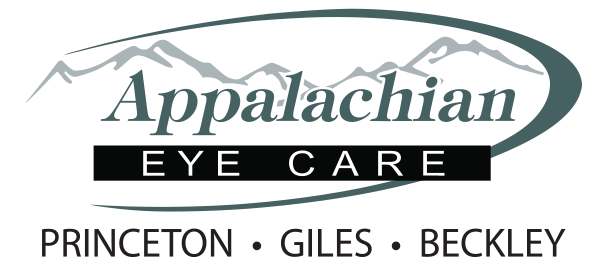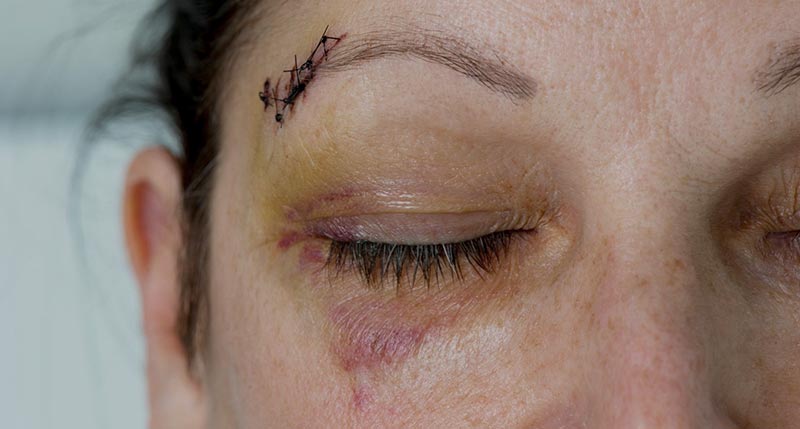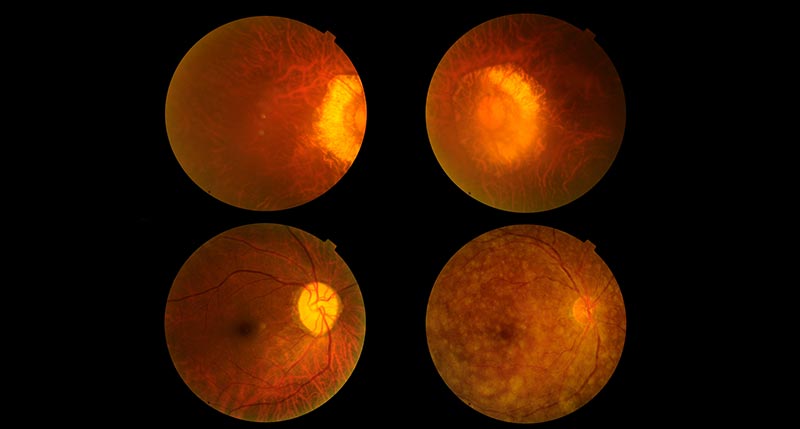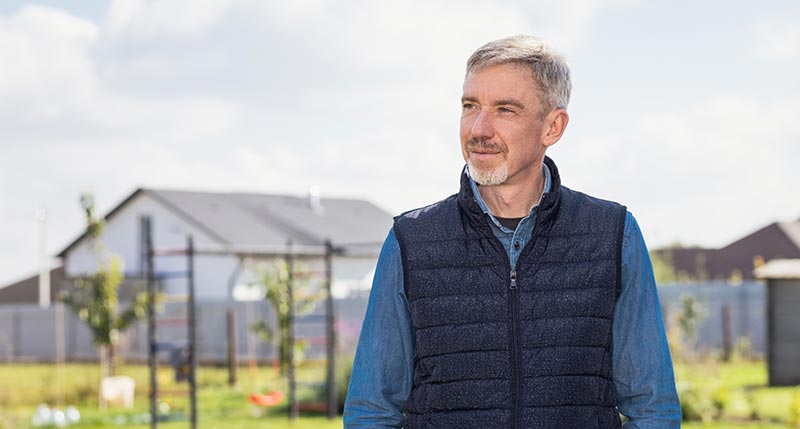July is National Eye Injury Prevention Month. While about half of all eye injuries happen at work (2,000+ eye injuries a day occur at workplaces across the U.S.), you’re just as likely to injure your eyes at home. With that in mind, here’s how to reduce your risk for eye injuries.
Be Aware
We often feel safe inside our homes, and that feeling can lull us into a false sense that nothing bad can happen. But many eye injuries happen in and around the home.
Cleaning, cooking, home improvement, and yard work are the main culprits responsible for about 40% of all eye injuries in the U.S. More than 125,000 eye injuries each year result from common cleaning product use.
Only 3 in 10 people wear proper eye protection while they’re doing an activity that could result in a serious eye injury. That’s unfortunate because more than 90% of eye injuries could be prevented just by wearing the proper eye protection while doing these high-risk activities.
Be aware that the activities in and around your home can cause serious eye injury.
Be Prepared
One easy step you can take is to have a quality pair of protective eyewear on hand for each member of your household. Double-check that the safety goggles or safety glasses you choose are approved by the American National Standards Institute (ANSI). When working outside, make sure your safety eyewear includes proper UV protection to keep eyes safe from the harmful UV rays of the sun.
You likely know that activities such as paintball or welding require proper eye protection. But what about attending a public protest? Or mowing the lawn? Or stripping the finish from a piece of furniture? A lot of common activities require protective eyewear in the form of safety goggles, glasses, or a visor.
Wear appropriate eye protection when you’re participating in an activity that:
- Involves hazardous chemicals. If the product label says it can damage eyes on contact, wear safety goggles! These include anything containing ammonia or bleach, such as bathroom cleaners, drain cleaners, and oven cleaners. Similarly, yard chemicals such as pesticides and fertilizers can irritate and injure your eyes.
- May produce flying debris. If you’re dusting, mowing, sanding, leaf-blowing, trimming, clipping, weed-whacking, or playing sports – wear your safety goggles! Small flying particles and debris can lodge in your eyes and cause serious injury or even cause blindness. Always wear your safety goggles!
- Involves projectiles or loose objects that could fly into eyes. We’re thinking of sports with balls or other flying objects (yes, even the birdie in badminton or that fun beach frisbee game). But also: mulch, nails, gravel or small rocks, paint chips, branches, twigs, glass shards, power tool projectiles, fireworks debris, garden tools, and lawnmower debris. (Have you ever seen a pine cone shoot out from under a lawnmower? Lesson learned!)
Be Proactive
There are many proactive measures you can take to minimize the risk of eye injury. The No.1 measure is to wear eye protection. But here are a few more tips to help you prevent eye injuries in and around your home:
- Stair safety: Make sure you have proper lighting and handrails.
- Sharp edges: If furniture or fixtures have sharp edges, install bumpers or corner protectors.
- Carbonated drinks: Be careful as you open bottles of soda, champagne, or other carbonated drinks.
- Cleaning products: Read labels, wear chemical safety goggles, never mix cleaning agents together, and turn the spray nozzle away from your face before you spray. Always wash hands after using household chemicals to avoid getting them in your eyes from contaminated hands.
- Cooking: Hot oil, steam, splattered grease, and bubbling sauces are all potential eye injuries. Use a grease splatter guard and wear your safety goggles! (Check out these onion goggles on Amazon!)
- Outside? Wear sunglasses: It’s critical to protect the eyes from the sun’s UVA and UVB rays — even on cloudy days.
- Read (and follow!) directions on all equipment and when playing games.
- Sports and leisure fun: Wear those safety goggles or glasses.
- High-impact sports: Wear a polycarbonate face mask and helmet to protect you from projectiles and collision accidents.
- Shooting arrows, pellets, or paintballs? Wear safety goggles – such projectiles can damage both your eyes and the soft tissue and bone around them.
- Fireworks? Safety goggles are a must when handling them. Avoid sparklers and never give them to children – they burn at temperatures of more than 1800°F and can easily cause burns and blindness.
Despite precautions, accidents do happen. If you or a loved one suffers an eye injury, call our office and seek immediate medical attention.
Your eyes and your sense of vision are precious gifts to safeguard in every way. Take proper precautions to protect your vision as you enjoy a safe, happy summer!





